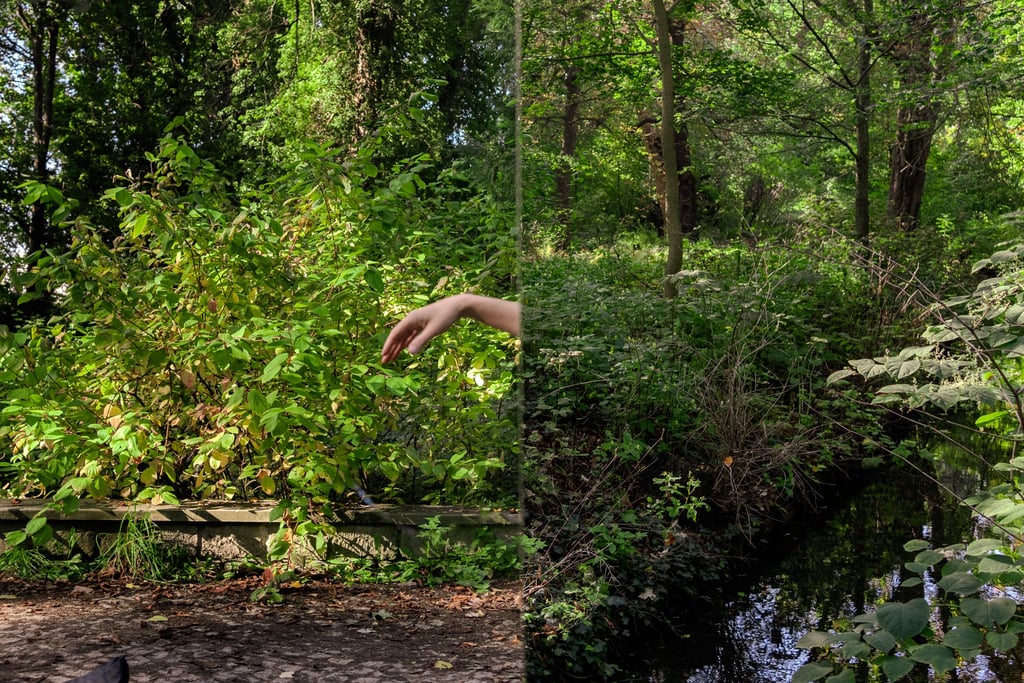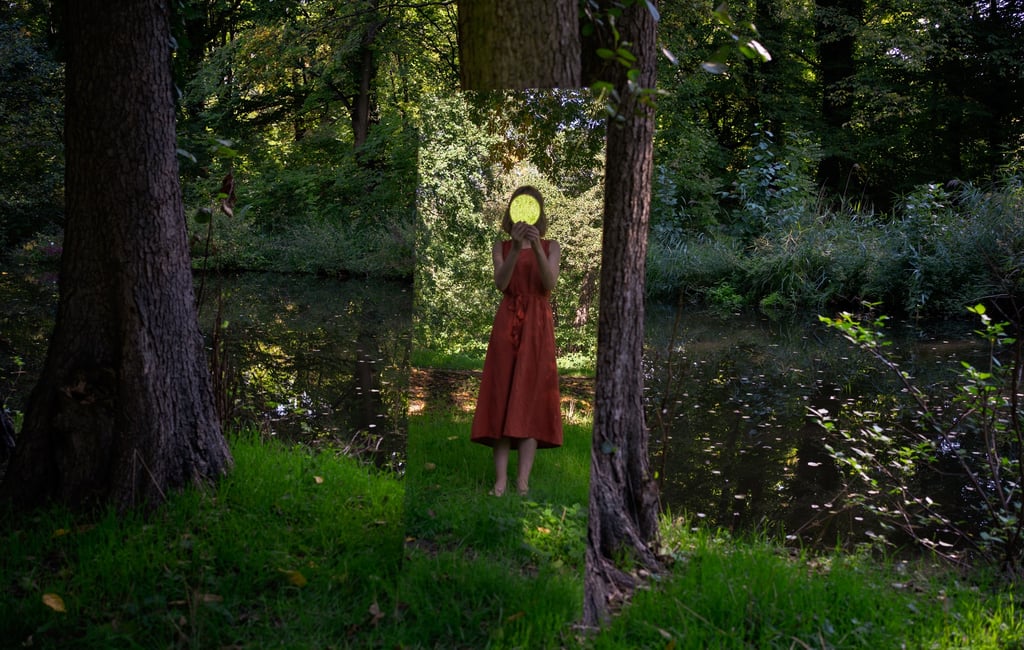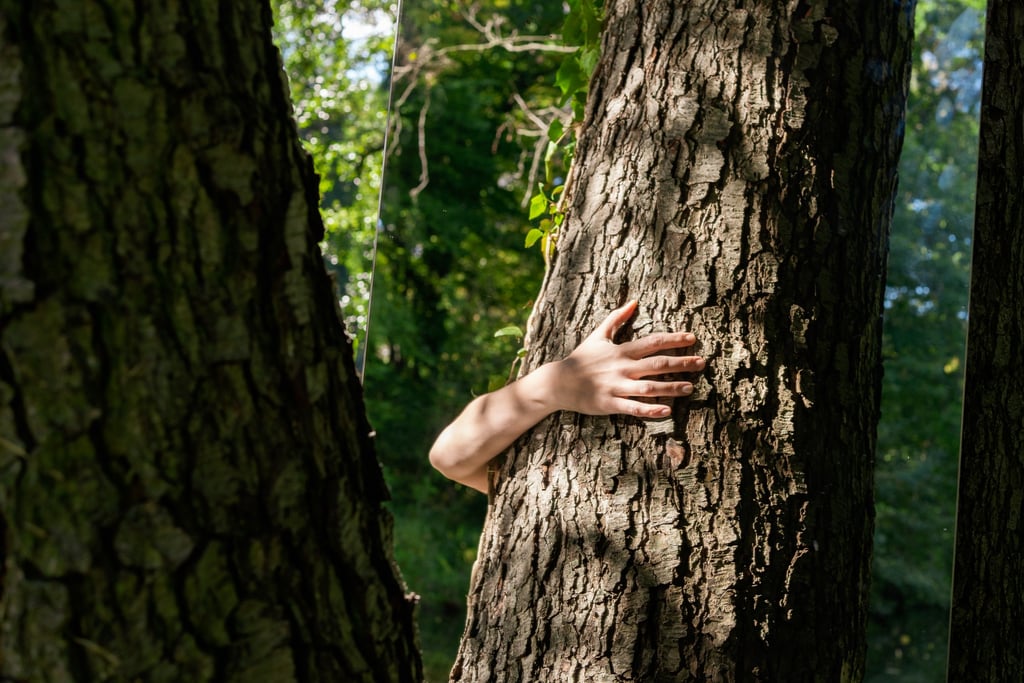





What other worlds can photography—or a mirror—create, multiply, undo? What kinds of bodies become possible? Dziga Vertov imagined a cine-eye, but perhaps we can move beyond an ocular-centric regime, envisioning the camera as a whole body in contact with other bodies, including the body of the world—bodies that shape and are shaped by other bodies in a continuous, collective, and poetic process. Yet, this does not mean that it unfolds without conflict.
Mirrors, like photographs, do not merely reflect an already-given world
Looking at the things of the world—a mirror, a stone, a tree —not as inert objects or beings closed off from the outside, enclosed within their stony, reflective, organic, tactile substances, but rather as active participants in a world in the making (1). Seeing the world not as a stage for human and non-human actions, but as the world becoming world (2), and bodies becoming bodies through multiple practices of "worlding" (3).
References
(1) - INGOLD, Tim; INTRONA, Lucas; KAVANAGH, Donncha; KELLY, Séamas; ORLIKOWSKI, Wanda; et al. Thoughts on Movement, Growth and an Anthropologically-Sensitive IS/Organization Studies: An Imagined Correspondence with Tim Ingold. In: Working Conference on Information Systems and Organizations (ISO), Dublin, Ireland, Dec. 2016, pp. 17-32.
(2) - INGOLD, Tim. Estar vivo: ensaios sobre movimento, conhecimento e descrição. Petrópolis: Vozes, 2015.
(3)- HARAWAY, Donna. When Species Meet. Minneapolis: University of Minnesota Press, 2008; HARAWAY, Donna. Staying with the Trouble: Making Kin in the Chthulucene. Durham & London: Princeton University Press, 2016, pp. 134–168; STEWART, Kathleen. Worlding refrains. In: GREGG, Melissa; SEIGWORTH, Gregory (Eds.). The Affect Theory Reader. London: Duke University Press, 2010, pp. 339–353; TSING, Anna. Worlding the matsutake diaspora. In: OTTO, Ton; BUBANDT, Nils (Eds.). Experiments in Holism. Wiley-Blackwell, 2010.
© Ana Cichowicz